UCSB-led ‘sentiment analysis’ examines roots of public misunderstandings, suggests greater clarity in communication

A social study led by University of California-Santa Barbara researchers has found that public sentiment toward aquaculture typically begins with negative overtones, but patterns in collected data indicate improvements over time.
Published in the scientific journal PLoS One earlier this month, “Public Perceptions of Aquaculture: Evaluating Spatiotemporal Patterns of Sentiment around the World” by Halley Froehlich, Ph.D., et al, the study examined cross-national media (newspaper headlines) and public (comments regarding government policy) sentiment to determine if the content was positive, negative or neutral. National Oceanic and Atmospheric Administration (NOAA) and The Nature Conservancy also contributed to the research.
The collaborative goal was to determine whether individuals, communities and governments are supportive of aquaculture, because “accurate representation and communication of real risks versus misconceptions is critical to constructive and informed dialogue.”
Lead author Froehlich told the Advocate that there are currently many misperceptions about offshore aquaculture, in which fish farms are sited several miles offshore in deep waters with swifter currents. Moving farms further out to sea holds heightened interest to developed nations like the United States, Canada, Europe, Australia and New Zealand. The word “offshore” itself may in fact foster negative connotations, she said, but other factors are stronger influencers.
“In our research, I don’t think we’d be able to disentangle the word itself versus the other factors we could point to,” such as pollution, fish escapes, environmental impacts and reliance on wild fish for feed, said Froehlich. “Localized issues are very important.”
For example, in the Gulf of Mexico, the word ‘offshore’ is deeply linked to oil drilling and the Deepwater Horizon oil spill of 2010. The U.S. government agency NOAA Fisheries in early 2013 proposed a plan for offshore aquaculture in the Gulf despite protestations from environmental groups and citizens (it was finalized in 2016). But to this day, no significant aquaculture activity exists in the Gulf; many experts are skeptical of any success farming there, while others still wonder about the long-term impacts of the spill.
Aquaculture is growing whether we all want it to or not. It’s going to be a fundamental contribution going forward. If that’s the case, wouldn’t it be better if scientists were involved and had a better handle on water quality issues and other baseline issues?
The same concerns, however, don’t necessarily exist in Marlborough Sound, New Zealand, where there’s been no similar environmental disaster. Froehlich pointed out that aquaculture’s connotations with marine expansion or development in the two nations aren’t the same.
“There appears to be some NIMBY [not in my back yard] in both places, but things completely unrelated to aquaculture can set the stage to how people feel about something,” she added. “That can be hard to tackle for the aquaculture industry.”
Froehlich’s “sentiment analysis” study, which took 18 months to complete, focused on 1,596 English-language newspaper headlines about aquaculture in both developed and developing nations. Those headlines were then analyzed using based on the categorization of the news being positive, negative or neutral in tone.
“How [an article is] framed ultimately influences the way a reader analyzes it,” Froehlich said.
The headline data was then compared to 1,585 public comments to government forums in the United States and New Zealand. The overall dataset covered a large swathe of time, from 1984 to 2015 for developed nations and from 1996 to 2015 for developing nations.

Sentiment over time based on the frequency of newspaper headlines with negative (red), positive (blue), and neutral (gray) titles for (A) developed (n = 435) and (B) developing (n = 232) nations. Also depicted are the (C) proportional contributions of sentiment headlines relative to each developed and developing country, with the number of headlines from each country shown in parentheses. Only countries with more than 4 headlines are shown; 29 countries that contributed only 5.8 percent of the total headlines are not depicted, but can be found in the S1 Table. Headlines were compiled using the LexisNexis® platform.
The research team expected a preponderance of negative sentiment toward aquaculture, said Froehlich, but the results surprised them – overall, the number of positive headlines outnumbered the negative. In developing nations, there were proportionally more positive headlines, many of them connecting aquaculture growth with jobs and economic opportunity. However, in Canada, most articles about farmed salmon were negative.
“There’s a lot of difference and variability at the country level about how people view aquaculture and offshore aquaculture,” said Froehlich. Perceptions, the study concluded, influence the acceptance, investigation and implementation of aquaculture from the industry side and from a scientific research perspective. In sum, the social sciences study aimed to determine the real concerns people have about aquaculture and how to identify and articulate them.
“Aquaculture is growing whether we all want it to or not. It’s going to be a fundamental contribution going forward. If that’s the case, wouldn’t it be better if scientists were involved and had a better handle on water quality issues and other baseline issues?” asked Froehlich.
Froehlich, who is a Science for Nature and People Partnership (SNAPP) postdoctoral researcher at the National Center for Ecological Analysis & Synthesis (NCEAS), has been studying offshore aquaculture for the past few years.
Establishing fish farms several miles offshore, Froehlich said, moves them into conditions that theoretically reduce disease, pollution and user conflicts. Thus far, the publication trends for offshore aquaculture have mimicked early-stages coverage of aquaculture in general: Sentiment starts out negative but improves over time.
With many different forms of aquaculture, a misunderstanding persists regarding where it’s practiced and the various policy and development contexts in various regions. Froehlich and her team determined that innovative forms of information streams need to be established to improve public perceptions.
“Social science has a lot to offer to aquaculture and to fisheries as well. Ultimately the people that are consuming these products and are part of the global market have a big role to play in aquaculture being successfully and sustainable developed and integrated culturally,” Froehlich said. “We’re focused now on the ecological side but also doing research on outreach and public communications from this project.”
Now that you've reached the end of the article ...
… please consider supporting GSA’s mission to advance responsible seafood practices through education, advocacy and third-party assurances. The Advocate aims to document the evolution of responsible seafood practices and share the expansive knowledge of our vast network of contributors.
By becoming a Global Seafood Alliance member, you’re ensuring that all of the pre-competitive work we do through member benefits, resources and events can continue. Individual membership costs just $50 a year.
Not a GSA member? Join us.
Author
-
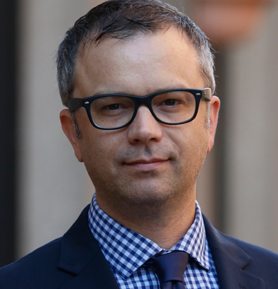
James Wright
Editorial Manager
Global Aquaculture Alliance
Portsmouth, NH, USA
Tagged With
Related Posts
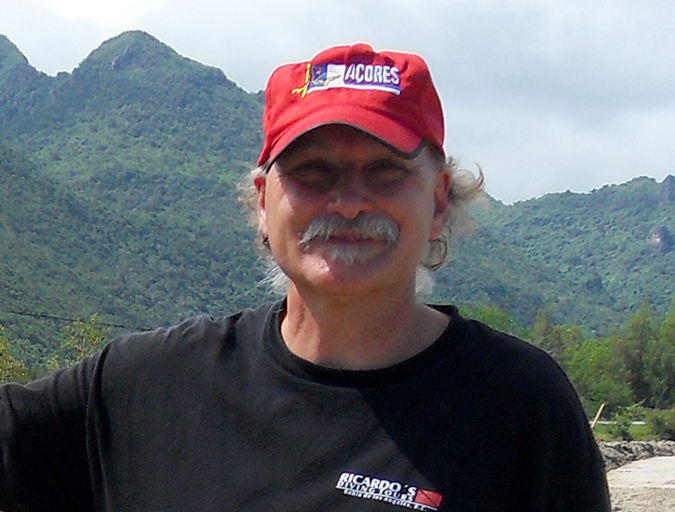
Innovation & Investment
Aquaculture Exchange: Barry Costa-Pierce, UNE
University of New England Professor Barry Costa-Pierce says aquaculture is often neglected in studies examining ocean health and ecosystem and resource management. The “Ocean Prosperity Roadmap” released this summer, he said, was more of the same.
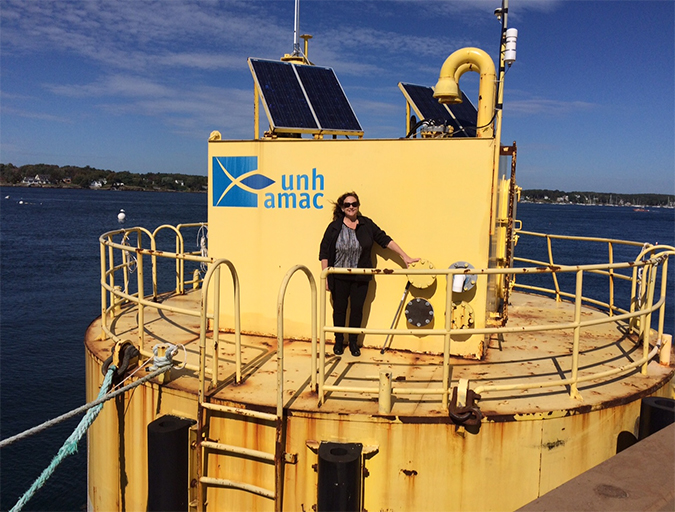
Innovation & Investment
Out of sight, not out of mind
Moving aquaculture offshore could spark a global production boost needed to meet growing demand for protein. Producers and investors, however, are wary of the challenges, cost and regulatory red tape. One patient U.S. entrepreneur, however, is undaunted.
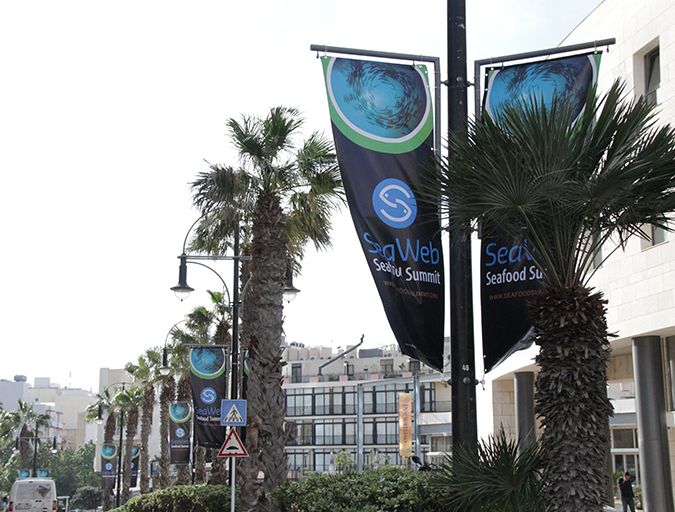
Responsibility
Offshore aquaculture, a promising yet vexing venture
The challenges of farming fish in U.S. federal waters were the focus of a panel discussion at the SeaWeb Seafood Summit in Malta. Despite recent policy updates, U.S. aquaculture chiefs oversee an industry with high barriers for entry.
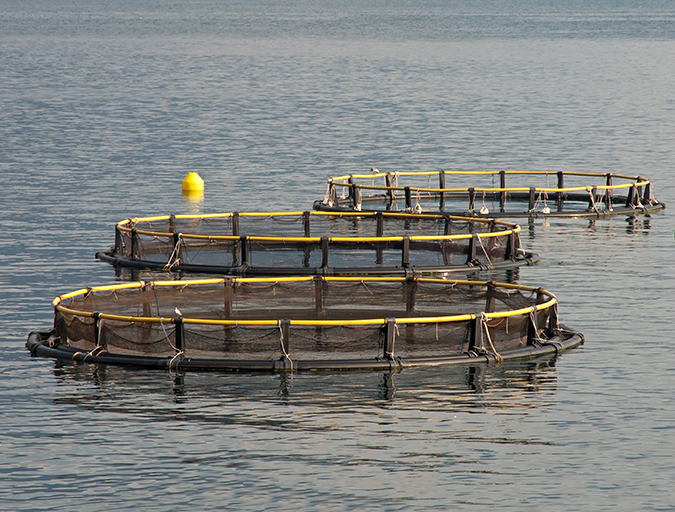
Intelligence
Rubino, Knapp lay out ‘political economics’ of U.S. aquaculture
Michael Rubino and Gunnar Knapp list key reasons why U.S. marine aquaculture has been limited to a scale far below its vast potential.

